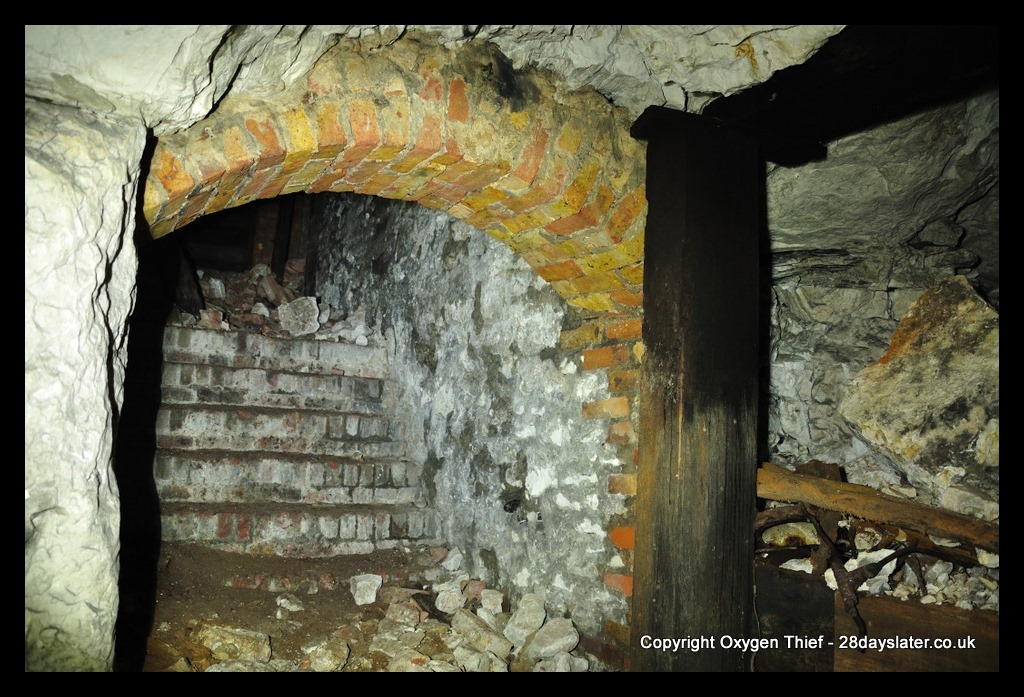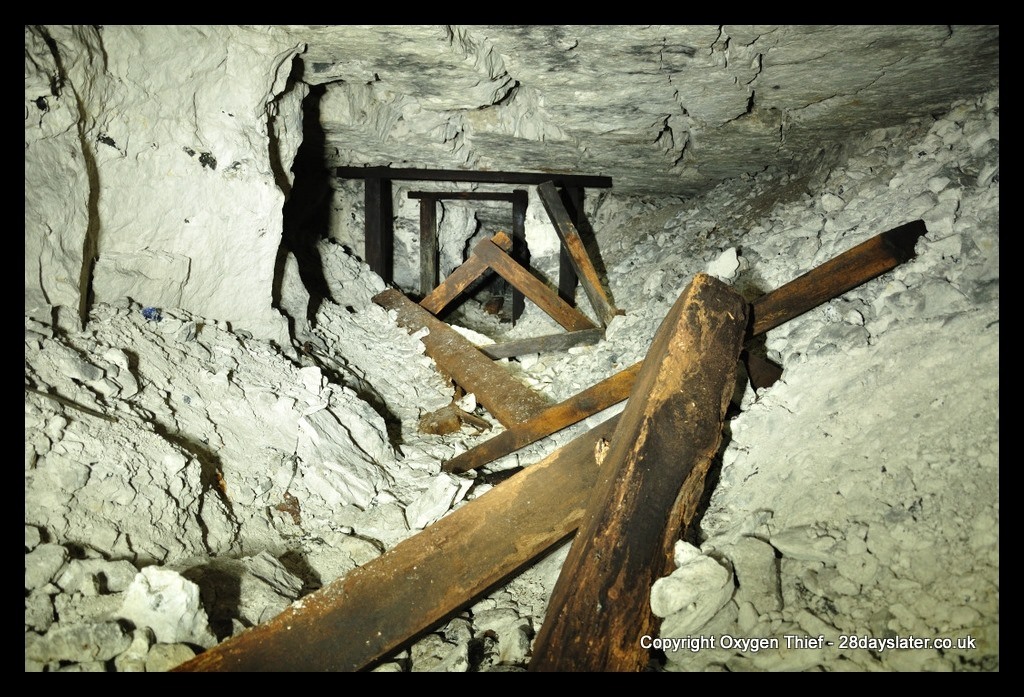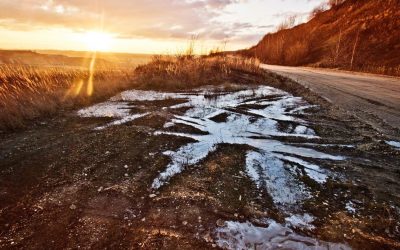Following on from my last blog about local history, I thought I would delve into what is certainly one of the most intriguing nuggets of local history… the fabled Guildford tunnels. Once a quarry for the 10th century castle, these caves are infamous in the local area, and here I present you with a fascinating snapshot of their 19th century history as told in a long out of print book from 1930.
From page 15 of The Guildford Caverns by Dr. G.C. Wilkinson, 1930 – now out of print
The Ordnance Survey
In 1867 and 1868 the preparation of the new large scale Ordnance Survey map of the town was in progress, and there are various persons still living in Guildford, notably Mr. George Heath, who will have distinct memories of the levels taken on that occasion, and the investigations made respecting supposed underground passages. The officer who was in charge of the survey had his attention directed to the allusion to the caverns in Grose’s book, and he gave instructions to Corporal Robert Macdonald, of the Royal Engineers, who was under his command, to make diligent inquiry respecting their width.
Sergeant Macdonald
Corporal Macdonald, who eventually became Sergeant Macdonald, was very well known to Guildfordians who remember an earlier generation, and his memory should be kept in high esteem in Guildford by reason of the excellent work that he did for the boys of the town, especially in one of the earlier night schools, and also in the initiation of certain technical classes for boys. His night school he first of all conducted up a passage from North Street, which is now at the back of Messrs. Gammon’s shop, at one time known as Smith’s Passage, and there for some years, assisted by various philanthropic people in Guildford, he carried out important work amongst the rougher class, having quite a number of boys at his night school, and upon them his influence was exceedingly good. Later on he was concerned in the erection of a hall in the Commercial Road, and some years later still he established in Guildford the first Turkish baths the town ever possessed, so that, apart from the work that he carried out with the caverns, his name is one that older Guildfordians cherish.
His son, Mr. Sutherland Macdonald, who lives at 3 Guildford Avenue, Surbiton, has a distinct memory of the opening up of the caverns by his father. Captain James states that Corporal Macdonald made trial explorations for five weeks near the spot indicated as the probable entrance, and eventually he made his way into the large Southern chamber. The expenses of exploration, Captain James tells us, however, could not be borne by the National Survey Fund, although Guildford is undoubtedly to this same National Survey for the original effort, and Macdonald, inducing some of his friends in Guildford to assist him as volunteers, after their ordinary hours of toil, and aided by a subscription that was raised in the town, continued his researches until he had in rough fashion traced the outline of the caverns. At this point the owners of the soil above interfered to prevent further exploration, and for a while all such exploration was stopped.
In the course of this work a deep shaft was discovered, which went down into Chamber No. 5, and then, on enquiry being made, it was recollected that some convicts who were employed by the Governor of the Surrey County Gaol, who was at that time residing at South Hill House, were ordered to dig a well, and found their way, in the course of this work, into Chamber No. 5 of the caverns, and from thence made their escape. Instructions were then given to close up the entrance to the caverns and the shaft, and from 1830 down to 1868 this enclosure appears to have remained. Mr. Sutherland Macdonald tells us that at the time of the opening of the caverns he was a scholar at Archbishop Abbot’s School, and was greatly interested in the proceedings, and had wonderful anticipations of finding “chains, instruments of torture, skeletons, Jew’s teeth extracted under the regime of King John, and all sorts of other terrible things” in the caverns, but nothing whatever was found by his father but “heaps of chalk debris.” He says that he was one of the very first persons to enter the caverns, but as the central opening was made sufficiently large, quite a number of people, many of whom had been assisting Macdonald in his researches, also went into the caverns.
Donny Loveland
Mr. W.H. Loveland, a Hampshire magistrate, who lives at 4 Egbert Road, Winchester, and who is the son of a very well-known Guildford resident, who was usually known as “Donny” Loveland, explains that his father was one of the dozen working men who gave their voluntary services after working hours, and that he, with his father, went into the caverns soon after they were discovered. Mr. Richard Mason, who was then the head of Filmer and Mason, of the Church Acre Iron Works, supplied Corporal Macdonald with the exploring tools, and Messrs. Stephenson and Sons, from their candle factory in Castle Street, supplied a quantity of tallow candles, and some swan-neck colza oil lamps, in order that the workmen might see what they were doing. ”Young Donny” Loveland had the job to keep these candles and lamps alight, and, in consequence, has a very clear recollection of the caverns, and of the large round shaft to which allusion has just recently been made.
Mr. Mason, whom many of the townspeople will well remember, was a somewhat slim man in those days, and as soon as the workmen had made the necessary preparations he crawled into the cave. He was followed by his special friend, Mr. Upperton, who was Mayor on several occasions, but aittle man of far greater bulk and stature. Those who were present on the occasion have a very distinct recollection of the difficulty there was for Mr. Upperton to get inside the caves.
A little later on several residents, headed by Dr. Schollick, who was formerly the Borough Coroner, decided to explore the caves still further, and they worked away for a while, clearing out some of the passages. In the course of their work they discovered two keys, one of which certainly belongs to the sixteenth century, and these were deposited in the Guildford Museum. These were, however, the only things of any importance that have ever been found.










0 Comments